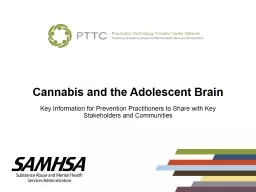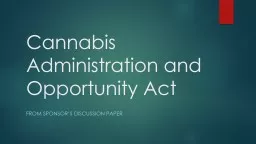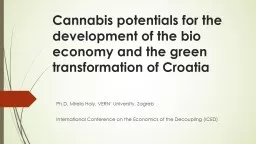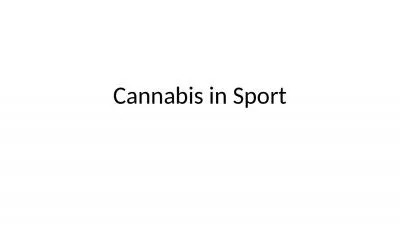PPT-Cannabis consumption and
Author : celsa-spraggs | Published Date : 2019-12-01
Cannabis consumption and driving impairment assessment on a closed course A research proposal Mark C Fox PhD June 5 2019 Cannabis and driving in California Cannabis
Presentation Embed Code
Download Presentation
Download Presentation The PPT/PDF document "Cannabis consumption and" is the property of its rightful owner. Permission is granted to download and print the materials on this website for personal, non-commercial use only, and to display it on your personal computer provided you do not modify the materials and that you retain all copyright notices contained in the materials. By downloading content from our website, you accept the terms of this agreement.
Cannabis consumption and: Transcript
Download Rules Of Document
"Cannabis consumption and"The content belongs to its owner. You may download and print it for personal use, without modification, and keep all copyright notices. By downloading, you agree to these terms.
Related Documents


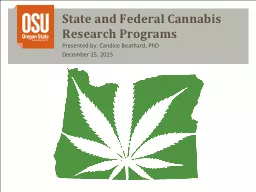

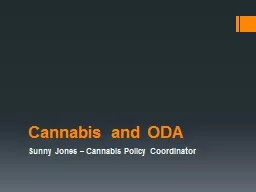
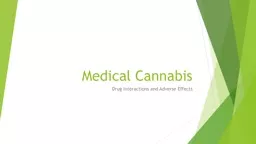


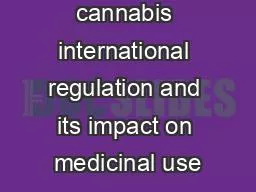
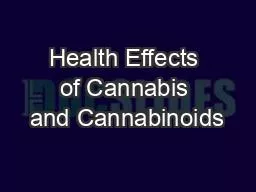
![[EPUB] - Edibles: Small Bites for the Modern Cannabis Kitchen (Weed-Infused Treats, Cannabis](https://thumbs.docslides.com/888054/epub-edibles-small-bites-for-the-modern-cannabis-kitchen-weed-infused-treats-cannabis-cookbook-sweet-and-savory-cannabis-re.jpg)
